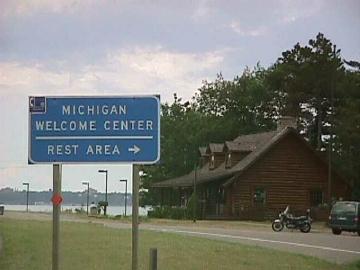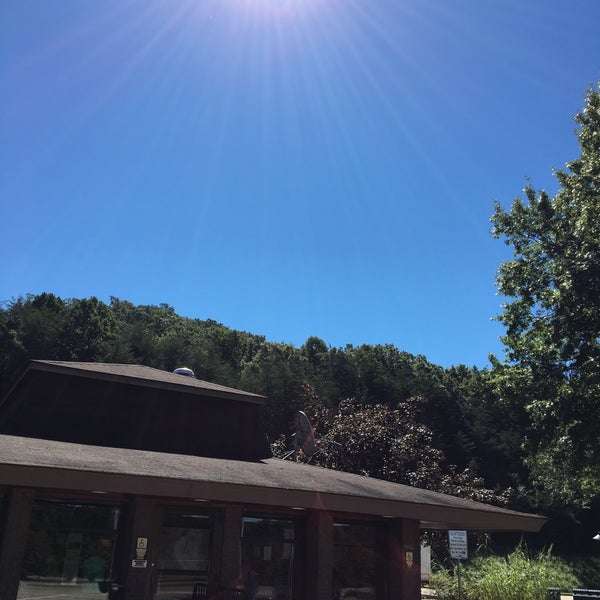

She said the current human facilities are too dark and dingy. “Go out back where the dogs go,” said Tucker. Tucker, 59, a grandmother of eight, joked with other travelers that they might be better off relieving themselves out of doors. Though Tucker said she often passes the stop on her way to her son’s home in Kankakee, she rarely uses the bathroom because it is “like a dungeon.” Two corners, one by the sinks to the left and the other at the end of the stalls to the right, were dark and smelled of stale urine, masked just barely by a floral scent. Linda Tucker of Cicero stopped at the facility on a recent weekday to stretch her legs but would not use the women’s bathroom, which was poorly lit by three overhead florescent lights. Out at the Prairie View Rest Stop southbound off I-57 in Monee, the reviews were mixed. She said they also provide an opportunity for people to make calls and send texts while they are stopped, which is much safer than doing that while they are driving.

“Rest areas provide a place for people to avoid crashes caused by fatigue,” said Audrey Wennink, the council’s transportation director. “The need for a state-facilitated rest area has gone down.”Ī representative of the Metropolitan Planning Council said the Chicago-based public policy research group would prefer that the state not close any rest areas, or at least do a careful analysis before making any decisions. “The private sector has done more and more to develop rest areas around our exit ramps,” Bruning said.
#Rest area near me i 57 driver
He said this was due to changing driver demand. Ohio had 294 rest areas on its highways in 1961 - today it has 89, said Ohio transportation department spokesman Matt Bruning. The road trip landscape has changed, with more fast-food chains and other retail destinations being built off highway ramps. Illinois built most of its rest areas in the 1970s and mid-1980s, Urgo said.Ĭlosing rest areas and welcome centers is a growing trend in states seeking to address budget shortfalls, according to. Following the Highway Beautification Act of 1965, each state was required to develop a master plan for rest area development. Rest areas were constructed as part of the Interstate Highway System beginning in the late 1950s and modeled after roadside parks, according to the website, which is maintained by Joanna Dowling, a Chicago-based historian. It also asks if travelers would like private businesses to be developed at or adjacent to the areas, which current law does not permit. The 20-question survey asks travelers about the importance of family restrooms with diaper-changing stations, water fountains, playgrounds, maps and historical information. Paper copies of the surveys are available at some rest areas or can be mailed upon request by calling 40. The state will keep taking responses at through Sunday, Oct. 11, received 4,417 responses as of Tuesday morning. “Once the data has been collected and analyzed, strategies can be made about the future of the rest area system,” she wrote in an email.

This will include analyzing the survey results, documenting existing rest area services, identifying other available facilities, collecting traffic volumes and parking use, interviewing the trucking industry, collecting fatigue-related crash data and talking with other states to identify all possible options, Urgo said. She said a schedule for when rest stops may be rehabilitated cannot be determined until the end of the entire study, which will look at the costs of maintaining the rest areas compared to the services they provide. IDOT spokeswoman Gianna Urgo said in an email that the survey will be part of a comprehensive rest area study to analyze the existing system. She said this will help the state develop plans to figure out what do with them in the next five to 20 years. “As they reach the end of their useful life, we want to know how best to meet the needs of the traveling public - what features are valued by the public,” said Gurski.

They offer a green, parklike alternative to retail locations such as fast-food outlets along the highway.


 0 kommentar(er)
0 kommentar(er)
